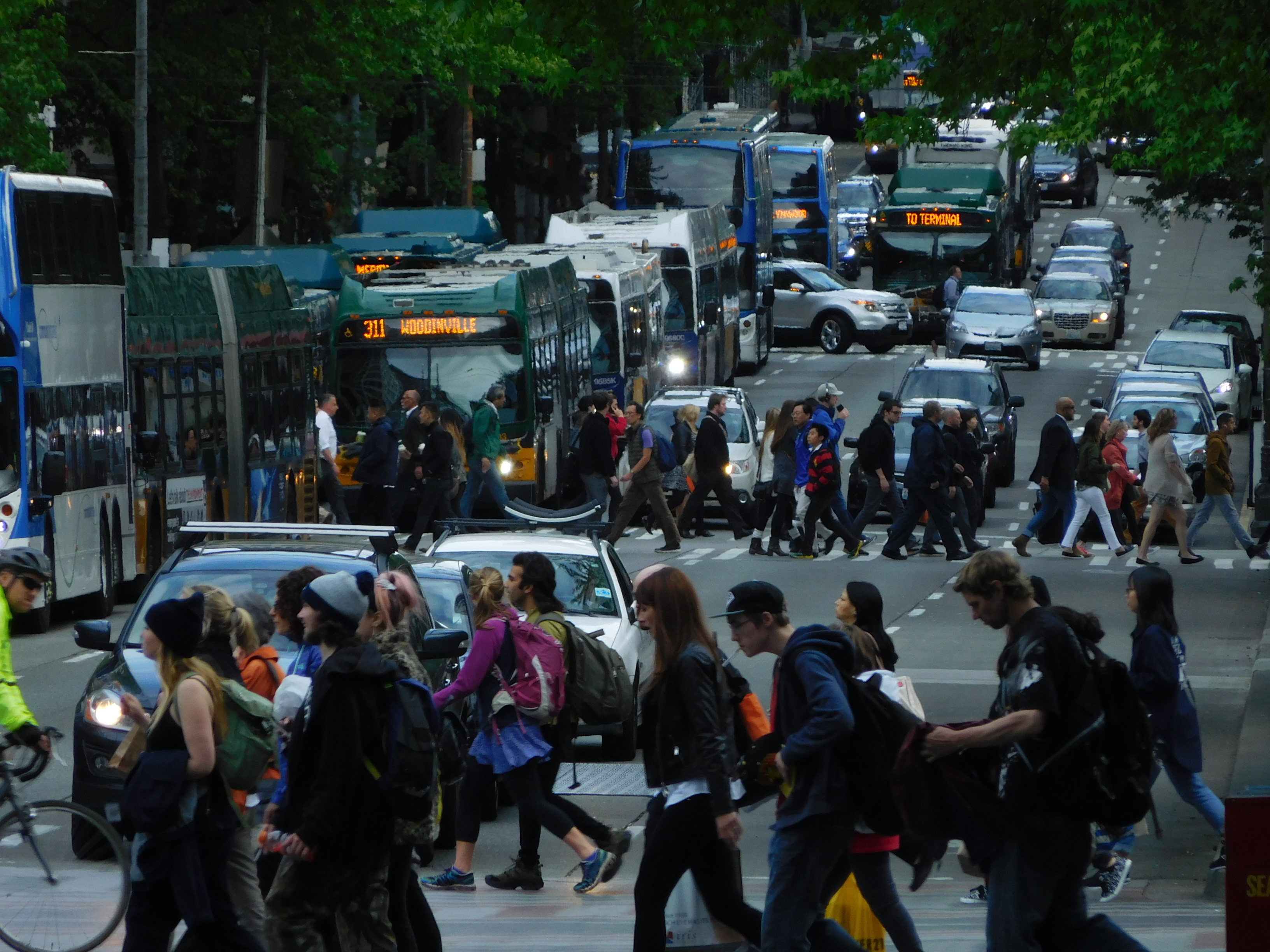Dear Mr. Musk,
This letter is both a salute to your continued success and a challenge to consider (if you haven’t already) some ideas that your master plan doesn’t seem to address.
First, let me say that I unreservedly admire the work you have done and accomplished in your various companies to address the issue of environmental sustainability by fostering the conversion of our planet’s energy production and consumption away from fossil fuels and towards solar energy.
Your first master plan which culminates in the production of a mass market automobile powered by electricity was a master stroke. Against so many odds and naysayers you have prevailed so far in executing your plans. The Model 3 in the hands of hundreds of thousands of people will be the tipping point where electric transport becomes real for the masses.
In your new master plan, I note that you are consolidating Tesla as an energy company. In my mind, this is brilliant. While the success of the model S and X has spurred the old line automobile companies to come up with competitive designs, none of them appear to have addressed the fast charging solutions that Tesla has with its SuperCharger network. Such solutions are necessary for mass adoption to occur. By becoming an energy company, you will maintain a competitive advantage well into this new phase.
I would like to make the following observations for your consideration.
- Moving the planet’s energy production away from Fossil fuels may make a big dent in the things humans need to do to ameliorate Climate Change, but is is not the complete picture. Sustainability also means looking at how humans live, what kinds of housing, how we grow food. Each of these have been heretofore tightly bound to fossil fuels for materials, fertilizers, pesticides etc.
- Suburban sprawl is not a sustainable housing model. It destroys natural habitat which impacts wildlife and ecosystems which have impacts on our climate. It very often removes arable land which should be used for food production considering we are expecting an additional 2 billion humans in the world within 30-40 years.
- Tied with suburban sprawl is the massive amount of land devoted to cars and transportation. Humans tend to work in cities. Our largest generation (the Millennials) are moving to cities in droves in a desire to experience Urban benefits. Indeed, living in more dense cities is a major key to reducing human impact on the climate. But, Single Occupancy Vehicles (SOV’s) are not an efficient element in a dense city. It is a geometry problem. Streets can only handle so many vehicles (even autonomous vehicles) in an hour. Gridlock ensues. Storing vehicles requires land space.
- In my opinion and that of many urbanists, the best mode of transport in and between urban areas is mass transit. The advent of autonomous vehicles does not eliminate the need for public mass transit in cities or even intercity travel. In our current built environment, where houses have been built where it requires a vehicle to reach services (shopping, entertainment etc.) your plan for shared autonomous vehicles is exciting. But I hope you could also acknowledge that it doesn’t not remove the need for mass transit. Here is a reference article that might shed more light on the subject: “The Supply And Demand Of Street Space“.
- How we live, in large houses with large yards requiring significant maintenance and heating and cooling contribute to global warming. The following article talks about carbon footprint by zip-codes and gives various examples around the Seattle area. Some note that there is a correlation between wealth and carbon footprint as the maps of the affluent suburbs of Seattle show.
- For the least impact on carbon footprint, it would be desirable that new development follow urban design patterns rather than suburban sprawl patterns. Urban design patterns are dense, walkable neighborhoods with access to Urban benefits (shopping, entertainment, health services, etc.) in walkable range.
- It is my opinion (shared by some urbanists) that the value of shared autonomous vehicles is transporting people from low density housing to places nearby and to mass transit lines for cross city or intercity travel. It would provide the spontaneity of current car ownership and operation but reduce individual cars in commute patterns that are not efficient. This frees public transit agencies from being required to provide inefficient transit lines in areas where there would be low ridership and long wait times.
- I would urge you to approach cities and localities with an offer to augment their transit systems with autonomous vehicles. I would also urge you to approach cities to develop grid scale generation capacity by utilizing rooftop solar with battery storage–the very things your combined company will be capable of doing. A city the size of Seattle could very well provide a very large percentage (if not its entire) of electricity requirements from rooftop solar with storage and other renewables (such as wind and existing hydroelectric) even though it is often cloudy and rainy here.
Some urbanists can’t accept the idea that cars should even exist. I don’t hold that extreme view, but given our existing built infrastructure, and the choices that some people might choose given resources at their disposal, the pragmatic approach is to decarbonize to the extent possible, our existing infrastructure while encouraging dense urban growth in the future. It would appear to me that you have singlehandedly put us on the path of decarbonization with your ventures. It is my hope that you can see your way towards incorporating the ideas about sustainability discussed above in your plans.
Sincerely,
Charles Cooper

Charles Cooper
Charles grew up in the Seattle/Tacoma area and after a 15-year stint in Chicago and the Midwest is happy to again make his home in the Seattle area. After experiencing large scale integrated transit systems such as Chicago's CTA, he developed an interest in improving people's lives in cities. Charles is an occasional contributor to blogs such as Seattle Transit Blog and The Urbanist. He serves on the board of the Seattle Subway Foundation.

